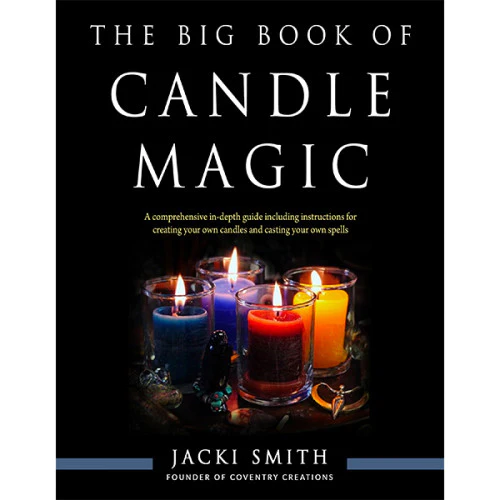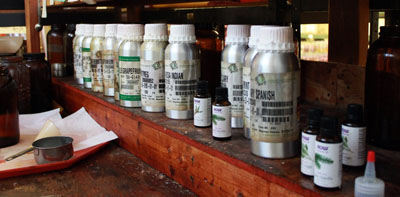
You’ve seen them at the store, read about them in articles, and come across them on social media. People everywhere and from all walks of life are using intention candles to help them level up and live their best lives. But what exactly are intention candles? How do you use them? And, maybe most importantly, are they right for you? To answer that last question, absolutely. Intention candles are right for EVERYBODY! Now let’s answer those other two questions…
What exactly are intention candles?
Every candle has a purpose. Some candles are used to make your house smell nice ahead of company. Some are used for light when the power goes off. Some are used to make wishes as you blow out their flames from atop a birthday cake. In a way, intention candles are most like the birthday cake variety.
How do you use them?
Intention candles are candles that help people achieve the optimal state of mind to manifest their goals, overcome a challenge, or solve a problem. They can be used as part of a daily ritual, cultural ceremony, meditation session, or for occasional/as-needed inspiration and motivation. How people choose to use intention candles is as personal as the results they wish to achieve. But, for many, it can be as simple as lighting an intention candle that corresponds to their specific goal and reciting a few meaningful words of inspiration.
While intentional candles might look similar to other candles (a tube of wax with a wick running through the center), true intention candles aren’t just your garden variety, generic, grocery store candles. They are each specially formulated to help with a specific goal or challenge using time-tested herbs and oils. While the exact recipes might differ from candlemaker to candlemaker, authentic intention candles are all based on ingredients that have been passed down from generation to generation and found to be effective in manifesting their respective intentions.
Intention candles come in all different colors, scents, shapes and sizes. There are pillar candles, container candles (in their own glass or metal holders), and even figure candles in the form of, well, pretty much anything and everything. And, if that’s not enough, there are even differences in the types of wax used. Intention candles can be made from paraffin, soy, beeswax, and more. You can read more about the differences and what goes into Coventry Creations intention candles here.
The bottom line is that you don’t have to be a witch or magic practitioner to use intention candles. Intention candles can help bring out the magic in anyone because everybody has a little magic in them.

 We smell the top note first, because that is the part of the fragrance blend that is released first. Top notes are energetic and fleeting. They last just a few minutes before receding and blending with the second layer (or the “heart note”). Top notes are the personality of the blend. Additionally, the top note is often called the “wake-up” scent because it uplifts and helps us feel alert. The list of top note oils is long. Some of our favorites are florals (geranium, gardenia and chamomile); spices (cinnamon and clove); citrus (lemon, bergamot, lime and tangerine); fruits (melon and raspberry); and greens scents (lavender, rosemary, and sage).
We smell the top note first, because that is the part of the fragrance blend that is released first. Top notes are energetic and fleeting. They last just a few minutes before receding and blending with the second layer (or the “heart note”). Top notes are the personality of the blend. Additionally, the top note is often called the “wake-up” scent because it uplifts and helps us feel alert. The list of top note oils is long. Some of our favorites are florals (geranium, gardenia and chamomile); spices (cinnamon and clove); citrus (lemon, bergamot, lime and tangerine); fruits (melon and raspberry); and greens scents (lavender, rosemary, and sage).






